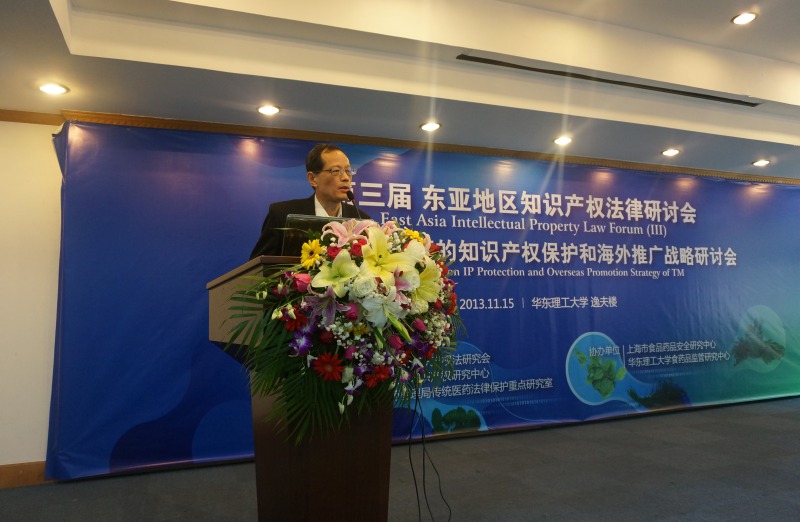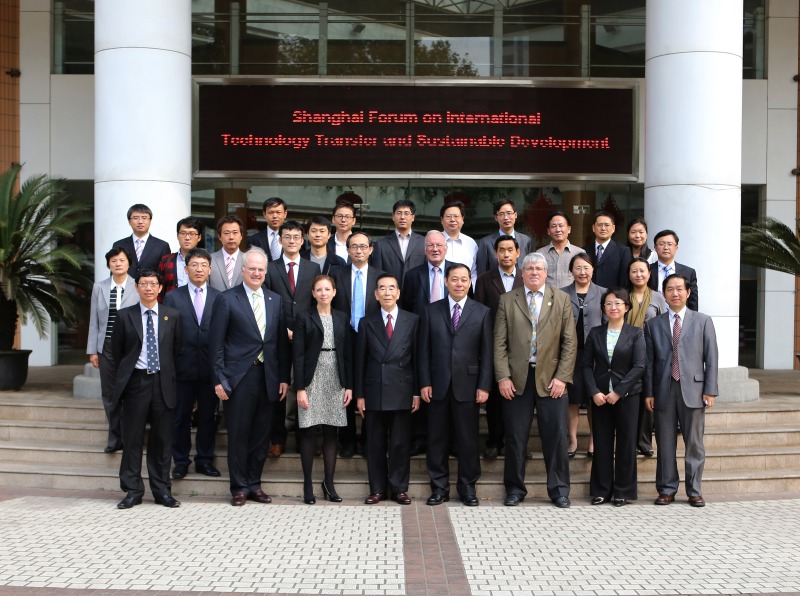Further Progress Has Been Made on Plant Gene-editing Technique
Recently,the research team from Institute of Crop Sciences of CAAS has made further process on plant targeted genedeletion/replacement editing technique. They successfully achieved the deletionor replacement for target gene in plant genome. The research has been published on Scientific Reports on April 2,2016.
Reportedly,gene editing technique could realize the accurate editing such as knockout,deletion, modification, replacement or fixed inserting to target gene inreceptor genome. Due to the broad application space in human medicine to plantgenetic improvement field, it has became one of the current research hotspot.Among all the mutagenesis techniques, the most difficult one is gene replacement. Theoretically, gene replacement could realize any mutagenesis inreceptor genome according to the design, so it has more important significant and potential application value. Although the CRISPR/Cas9 system works well asa tool for gene knockout in plants, gene replacement has rarely been reported.
The research team did some reformed design to CRISPR/Cas9 system. They firstly designed a combinatory dual-sgRNA/Cas9 vector that successfully deleted miRNAgene regions (MiR169a and MiR827a). The deletions were confirmed by PCR and subsequent sequencing, yielding deletion efficienciesof 20% and 24% on MiR169a and MiR827a loci, respectively. They designed asecond structure that contains sites homologous to TEL1 for homology-directedrepair (HDR) with regions corresponding to the two sgRNAs on the modified construct.As the experiment proved that the dual-sgRNA/Cas9 technique could be a tool todelete and replace the target DNA. The research result could be applied to the fixed replacement to target DNA and finally realized the plant genetic improvement and production application.
The research team has also found that the gene editing system was more effective and more stable when it was used on crops. It has created a technique with more important industrial application value in character changing and provides therich technology base in plant genetic function identification and industrialization breeding.
Source:ICS
Time:2016.4.7
next:Scientists Revealed Operation Mechanism of Gene Editing


